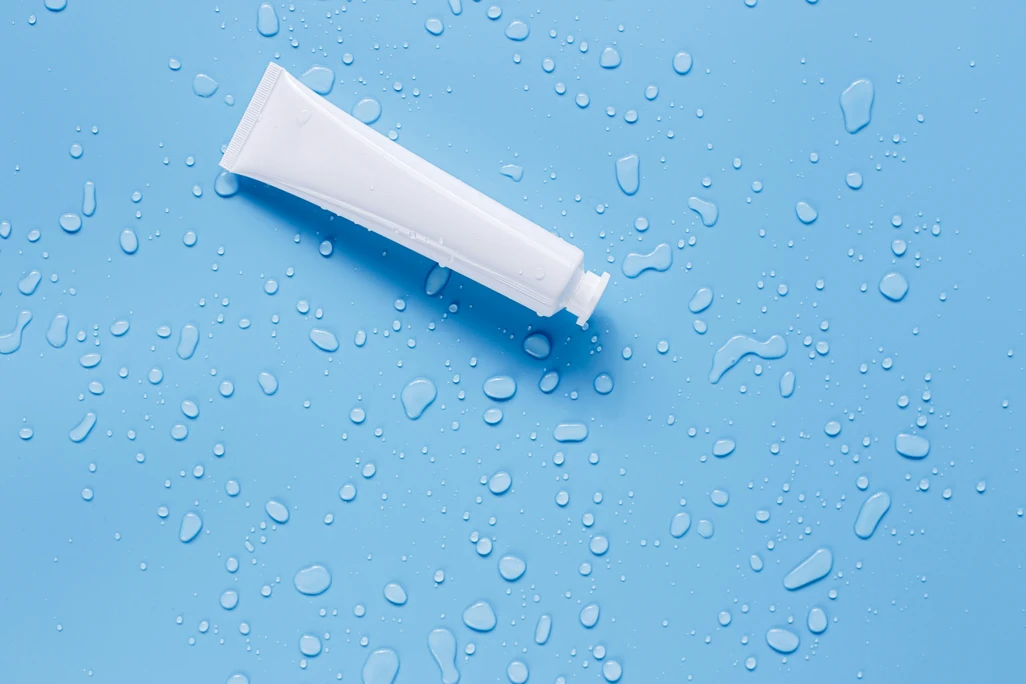Color psychology in makeup goes beyond trends and personal style—it’s about how shades can influence your emotions, confidence, and even daily energy levels. The focus on color psychology in makeup has grown as more people realize that choosing the right lipstick, eyeshadow, or blush can act like a subtle mood enhancer. Just like interior design or fashion styling, your makeup palette can be a tool for emotional balance and empowerment.

The Science Behind Color Psychology in Makeup
When we talk about color psychology in makeup, it’s not just artistic expression—it’s science. Colors interact with the human brain and nervous system in unique ways. Warm colors often energize and uplift, while cool colors tend to calm and ground. Wearing a specific makeup shade can trigger these emotional responses. For example, swiping on a bold red lipstick might boost your confidence before a big meeting, while a soft lavender eyeshadow could help you feel relaxed on a stressful day.
Energizing Shades That Spark Confidence
One of the most powerful aspects of color psychology in makeup is how it can boost confidence. Bold reds, vibrant oranges, and rich corals are known to ignite energy and positivity. A classic red lipstick has long been considered a power move, and for good reason—it’s proven to make people feel more self-assured and assertive. Using these colors when you want to make a strong impression can help align your mood with your intentions.

Calming Shades for Balance
Not every day calls for high energy. Sometimes you need shades that bring comfort and calm. Here’s where cooler tones come in. Neutral browns, soft grays, and pale blues in your makeup can help lower stress levels and create a sense of peace. Color psychology in makeup shows us that balance can be achieved not only through mindfulness but also through the shades we apply to our faces each morning.
Uplifting Shades for Positivity
If your goal is to boost happiness and optimism, look toward yellows, peaches, and pinks. These shades are often associated with playfulness, youth, and warmth. A peach-toned blush or a pastel pink lip gloss can instantly refresh your look and subtly lift your mood. According to color psychology in makeup, these shades trigger feelings of joy and friendliness, making them perfect for social days.
Shades That Inspire Creativity
Creative energy can also be sparked with the right colors. Purples, lavenders, and deep plums have long been linked to imagination and inspiration. If you’re about to tackle a new project, experiment with purple-toned eyeshadows or berry lipsticks. By applying color psychology in makeup, you can intentionally set a creative tone for your day.

Practical Tips for Applying Color Psychology in Makeup
- Use red or coral lipstick before an important meeting to boost confidence.
- Apply neutral eye shadows on days you want to stay grounded and calm.
- Reach for soft pink blush when you need a happiness boost.
- Experiment with purple tones before brainstorming or creative work.
These practical examples show how color psychology in makeup isn’t just theoretical—it’s a simple, everyday way to influence your emotions.
FAQs (Frequently Asked Questions) About Color Psychology in Makeup
1. Does color psychology in makeup really work, or is it just a trend?
Color psychology in makeup is rooted in psychological and neurological studies showing how colors affect mood and perception. While personal experiences may vary, many people report noticeable emotional shifts with different shades.
2. Which makeup shades are best for boosting confidence?
Bold reds, corals, and vibrant pinks are considered confidence-boosting shades in color psychology in makeup. They create a sense of power and self-assurance.
3. Can calming shades actually reduce stress?
Yes, cooler tones like soft blues, neutrals, and muted grays can have a grounding effect. These shades encourage a more relaxed and composed state of mind.
4. How can I use color psychology in makeup for daily life?
Choose shades based on how you want to feel each day. If you want energy, go for warm bolds. If you want peace, opt for soft neutrals. Makeup can be an intentional part of your emotional self-care routine.
5. Are there universal makeup shades that boost everyone’s mood?
Not exactly—color psychology in makeup works differently for individuals depending on cultural background, personal associations, and preferences. However, red lipstick is one of the most universally empowering shades.
Want More Blogs Like These?
Check out more beauty insights in the Beauty Bliss category on Designs24hr, where we explore the intersection of style, psychology, and self-care.







